Aluminum Honeycomb Market Summary
As per MRFR analysis, the Aluminum Honeycomb Market Size was estimated at 3.5 USD Billion in 2024. The Aluminum Honeycomb industry is projected to grow from 3.717 USD Billion in 2025 to 6.783 USD Billion by 2035, exhibiting a compound annual growth rate (CAGR) of 6.2 during the forecast period 2025 - 2035.
Key Market Trends & Highlights
The Aluminum Honeycomb Market is poised for growth driven by sustainability and technological advancements.
- North America remains the largest market for aluminum honeycomb, driven by robust demand in architectural and building panels.
- Asia-Pacific is emerging as the fastest-growing region, particularly in the automotive segment, reflecting increasing industrialization.
- The architectural and building panels segment continues to dominate, while energy absorption applications are witnessing rapid growth.
- Key market drivers include sustainability initiatives and technological advancements, which are enhancing cost efficiency and regulatory compliance.
Market Size & Forecast
| 2024 Market Size | 3.5 (USD Billion) |
| 2035 Market Size | 6.783 (USD Billion) |
| CAGR (2025 - 2035) | 6.2% |
Major Players
Hexcel Corporation (US), Alucoil (ES), Corex (DE), Aerospace Composite Products (US), Gurit Holding AG (CH), Airex AG (CH), Zotefoams PLC (GB), CPS (US), Aluminum Honeycomb Solutions (US)
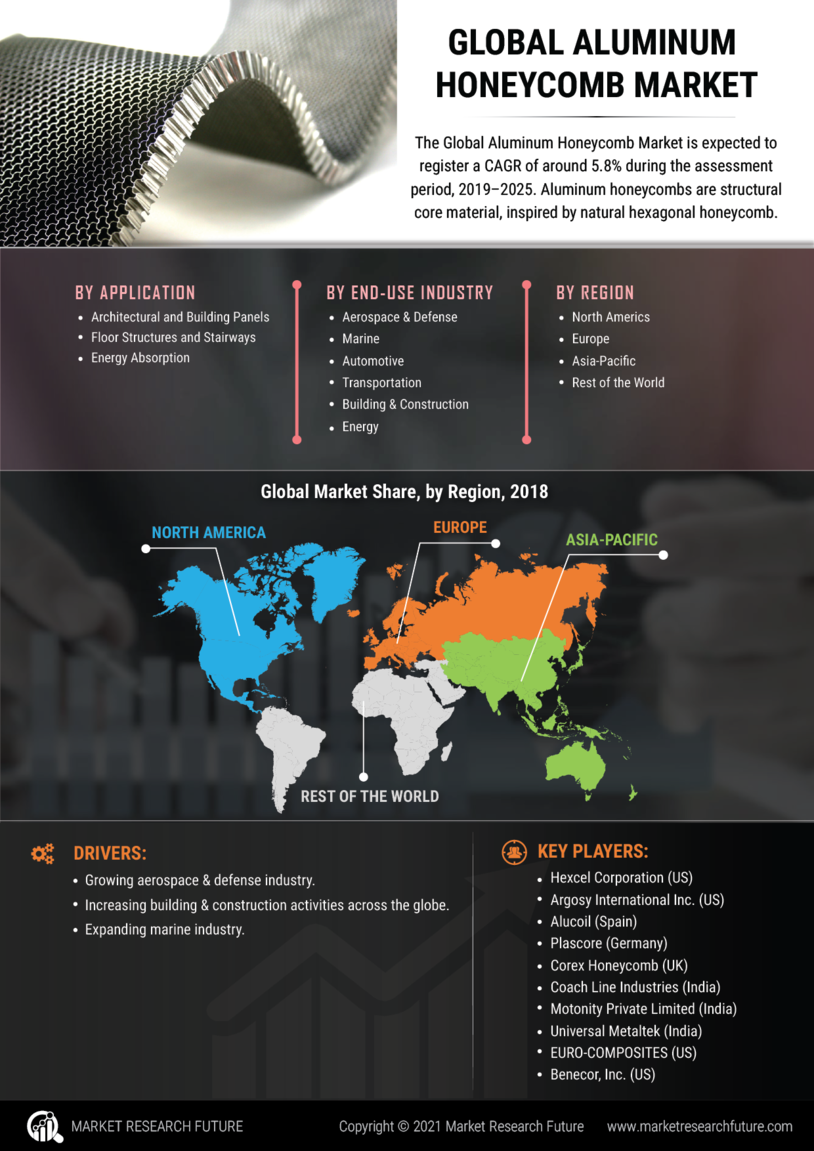



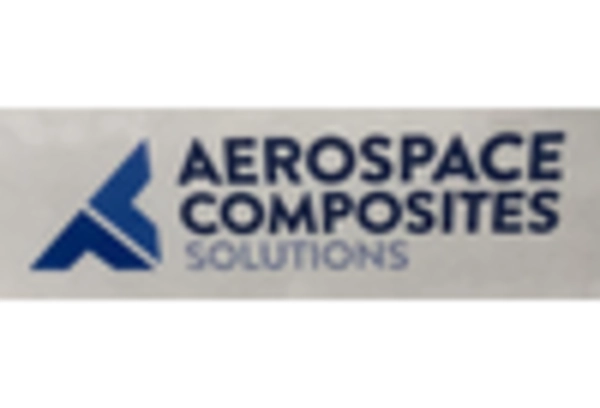
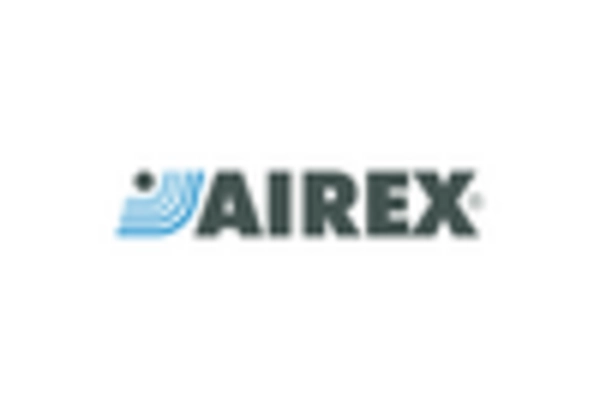
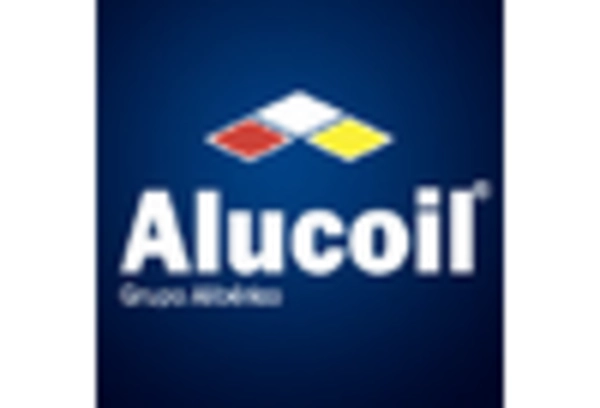
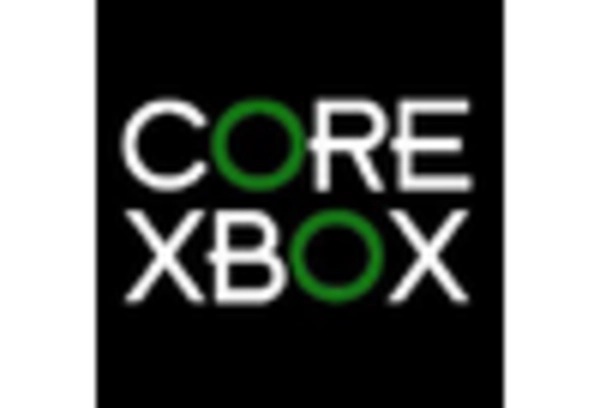
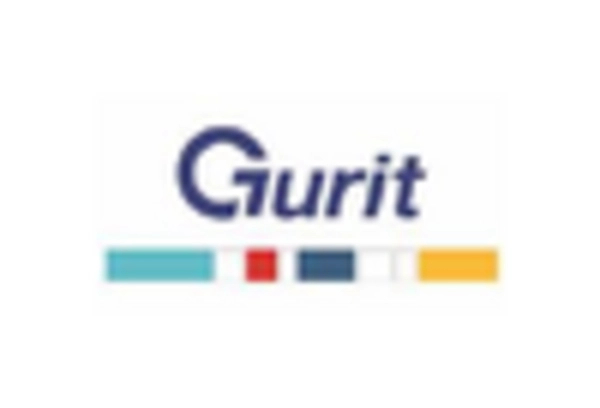
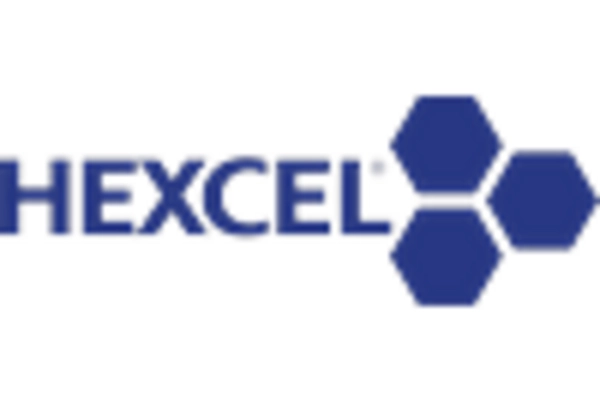








Leave a Comment